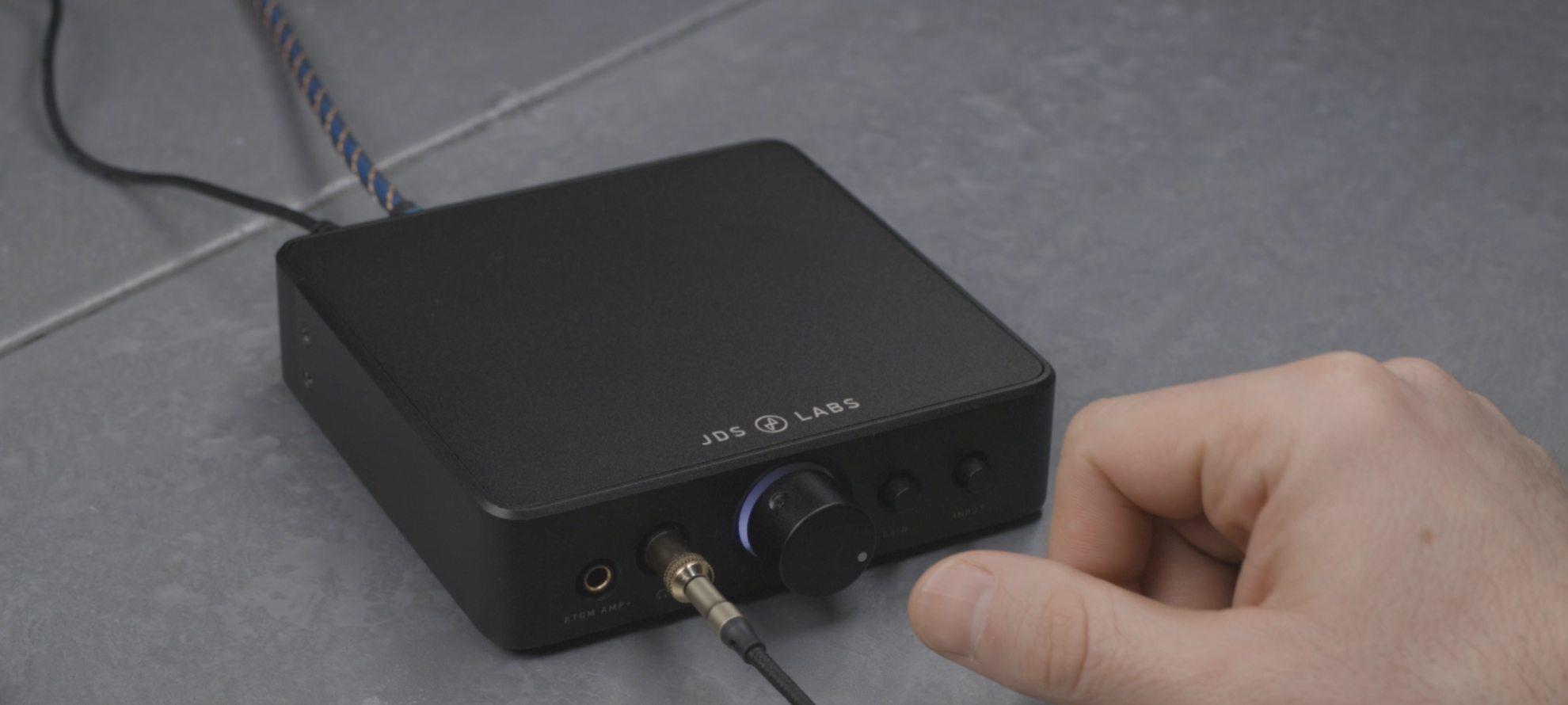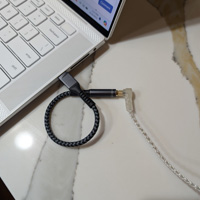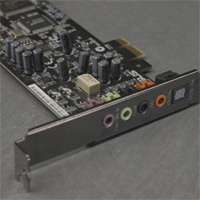Understanding Gain
Key points:
- Gain determines how much amplification is performed.
- Gain is different than volume, which sets the final output of the amp.
- Setting appropriate gain is essential to achieving an optimal balance between volume and noise floor. Use the lowest gain necessary to reach your desired listening level.
- An adequate source signal voltage is required to get the most from your amplifier.
- Weak recordings (i.e., classical, jazz) need more gain than strong recordings.
- The position of the volume knob is not a reliable indicator of power or gain.
What is Gain?
Gain is the ratio of the output signal level to the input signal level, typically expressed in a unitless form (i.e., 3x), or in decibels (dB). In simpler terms, gain determines how much amplification is performed. It sets the upper bound for driving your headphones or speakers when the volume knob is at 100%.
Gain vs Volume
Gain is the amount of amplification applied to the input signal, whereas the volume control sets the final output level delivered to your headphones or speakers.
Why Gain Matters
Setting the proper gain level is crucial for optimizing the noise floor or reaching extreme listening volumes. Too much gain can lead to excessive noise, while too little gain can result in insufficient volume, as we'll explain in more detail below.

The Role of Source Signal Level
One common reason to invest in an amplifier is to overcome weak volume. Keep in mind that headphone amps built within the past decade are generally designed to be paired with 2 VRMS DACs. If you feed your amplifier with a weaker audio signal, you may not be as impressed as you hoped!
Low volume? It could be a weak signal. Some common culprits:



Avoiding Excess Gain
It’s always best to use the lowest gain necessary to reach your desired listening level. Since gain amplifies the input signal, any background noise present from the source is also amplified.
Volume Knob Position
Your amp’s volume knob position is not a reliable indicator of power or gain! Comparing the knob position between brands and models of amplifiers is a meaningless task.
Our analog amplifiers use 15A style tapers to achieve gradual volume adjustment. Strive to set your source and gain so that the volume knob lands between 10- and 2-o'clock. In general, if the knob is near its minimum position, either gain is too high or the audio source is too strong for your headphones. Conversely, it's perfectly safe to listen to your JDS Labs amplifier with its knob at 100%. While high volume is unsafe for your ears, our amps are designed to handle a full load.

Practical Considerations
When setting up your audio system, consider the entire signal chain. In rough order of importance:
-
Ensure that your audio source provides a 2 VRMS signal, such as any JDS Labs DAC. For reference:
- PCs and laptops: Typically 1 VRMS, although some are stronger or weaker
- Smartphone 3.5mm dongles: 0.5-1 VRMS
- Newer Macs: Up to 3VRMS
- Interfaces: Anywhere from 1-7 VRMS
- Phono preamps: Often around 150 mV = 0.15 VRMS

